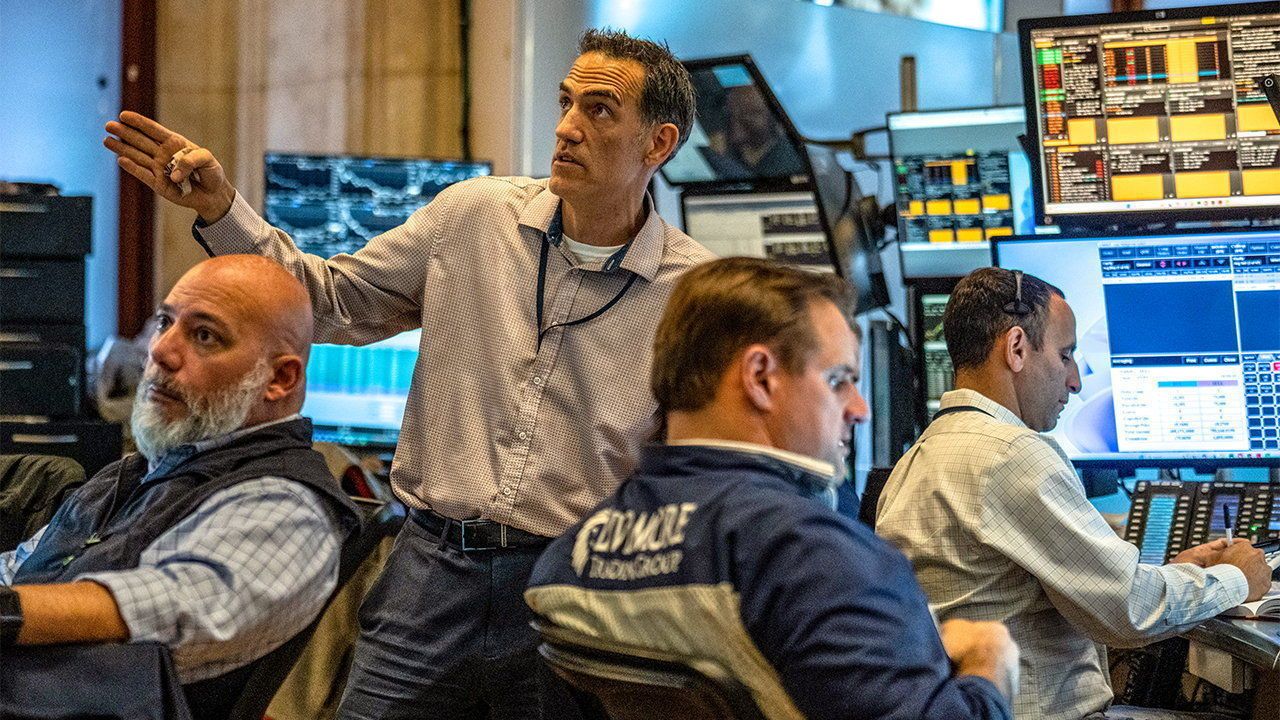
The Economist
In September 2013, The Economist published an article explaining whether or not it is left- or right- wing. The publication said it is "neither. We consider ourselves to be in the "radical centre."
The article continues:
"The Economist was founded in 1843 by James Wilson, a British businessman who objected to heavy import duties on foreign corn. Mr Wilson and his friends in the Anti-Corn Law League were classical liberals in the tradition of Adam Smith and, later, the likes of John Stuart Mill and William Ewart Gladstone. This intellectual ancestry has guided the newspaper’s instincts ever since: it opposes all undue curtailment of an individual’s economic or personal freedom. But like its founders, it is not dogmatic. Where there is a liberal case for government to do something, The Economist will air it. Early in its life, its writers were keen supporters of the income tax, for example. Since then it has backed causes like universal health care and gun control. But its starting point is that government should only remove power and wealth from individuals when it has an excellent reason to do so."
According to the 2014 Pew Research Study, Where News Audiences Fit on the Political Spectrum, the majority of The Economist readers hold political values to the left-of-center. Seventeen percent of The Economist's audience is conservative (compared with 26% of all respondents to the survey).
How quickly the mood turns. Barely a fortnight ago stockmarkets were on a seemingly unstoppable bull run, after months of hitting new all-time highs. Now they are in free fall. America’s Nasdaq 100 index, dominated by the tech giants that were at the heart of the boom, has fallen by more than 10% since a peak in mid-July. Japan’s benchmark Topix index has clocked losses well into the double digits, dropping by 6% on August 2nd alone—its worst day since 2016 and, following a 3% decline on August 1st, its worst two-day streak since 2011. Share prices elsewhere have not been bludgeoned quite so badly, but panic is sweeping through markets (see chart 1). Wall Street’s “fear gauge”, the VIX index, which measures expected volatility through the prices traders pay to protect themselves from it, has rocketed to its highest since America’s regional-banking crisis last year (see chart 2).











